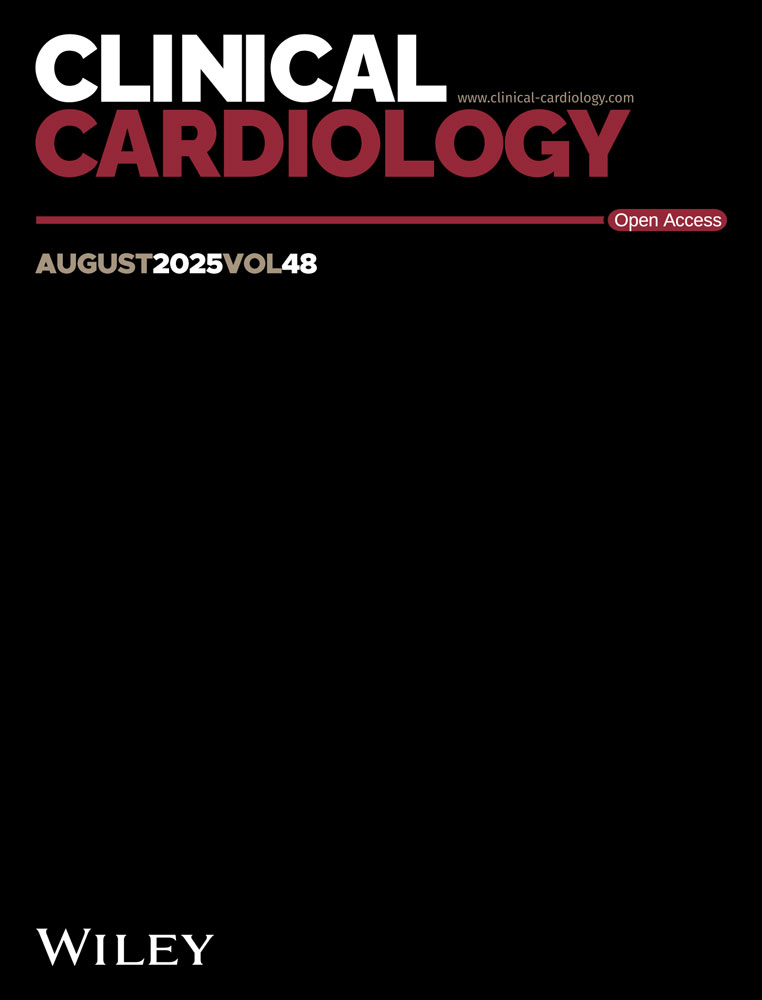Morphologic aspects of pericardial heart disease: Part I
Abstract
Pericardial heart disease is a common entity at necropsy. Frequently, focal areas of fibrin deposits or parietal-visceral pericardial adhesion are observed at necropsy without previous clinical evidence of pericardial dysfunction. Some of these instances are related to clinically silent acute or healed myocardial infarction, but the vast majority of cases are incidental (idiopathic) findings. The purpose of this review is to summarize various morphologic responses of the pericardium and to provide an etiologic framework for these responses. Part I will review general morphologic responses of pericardial layers.




